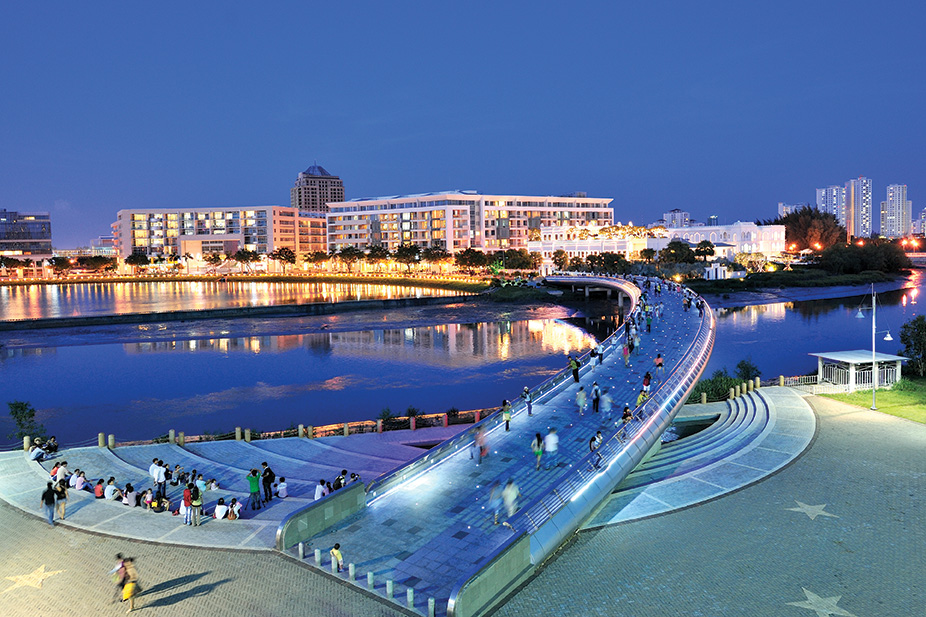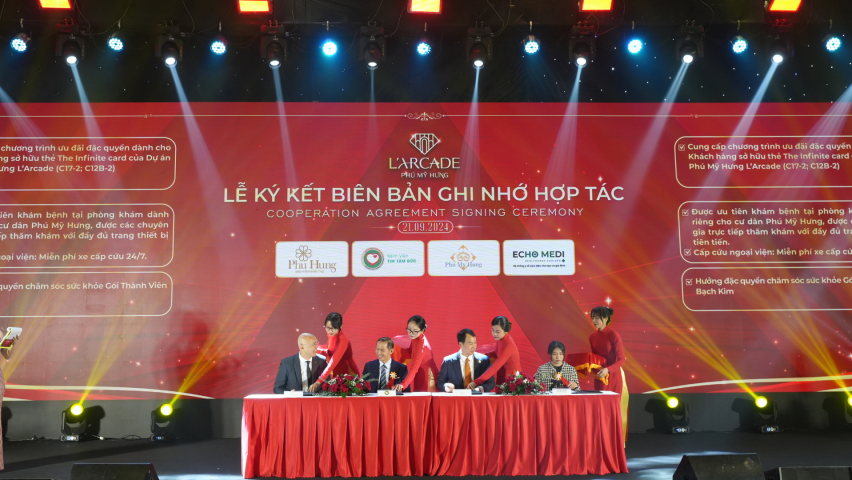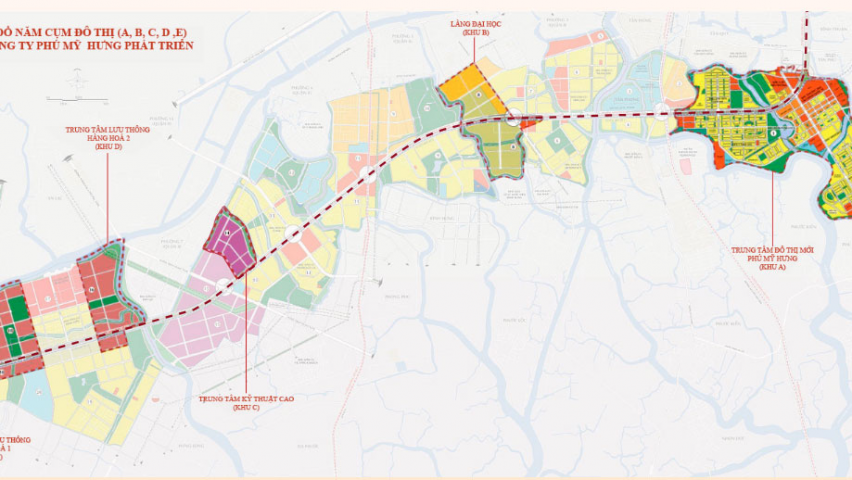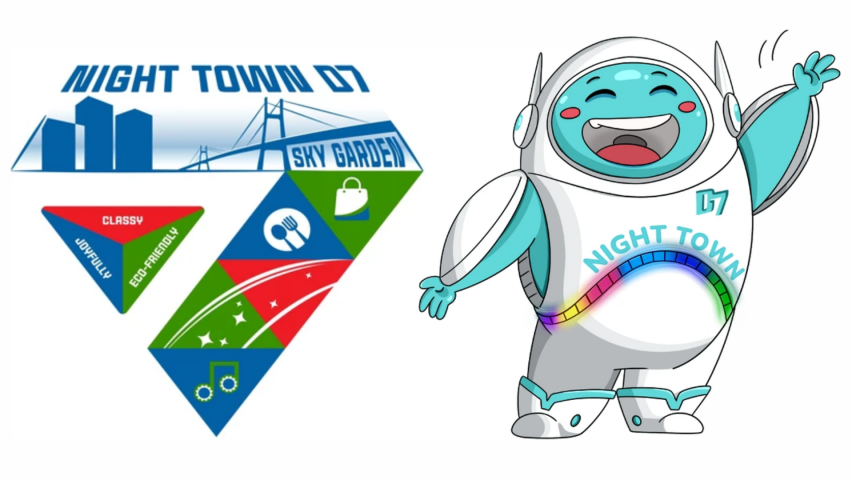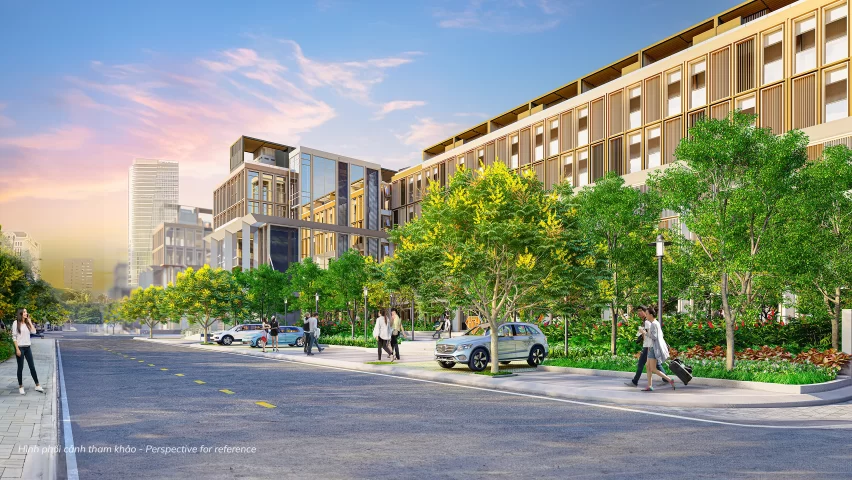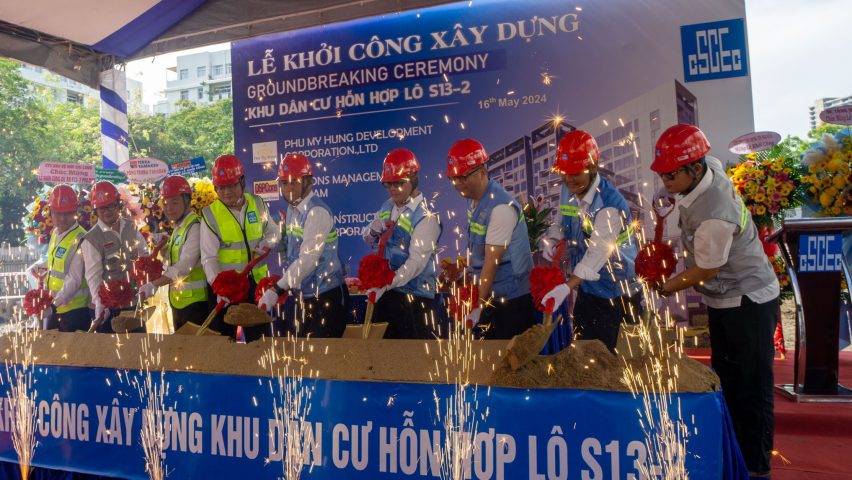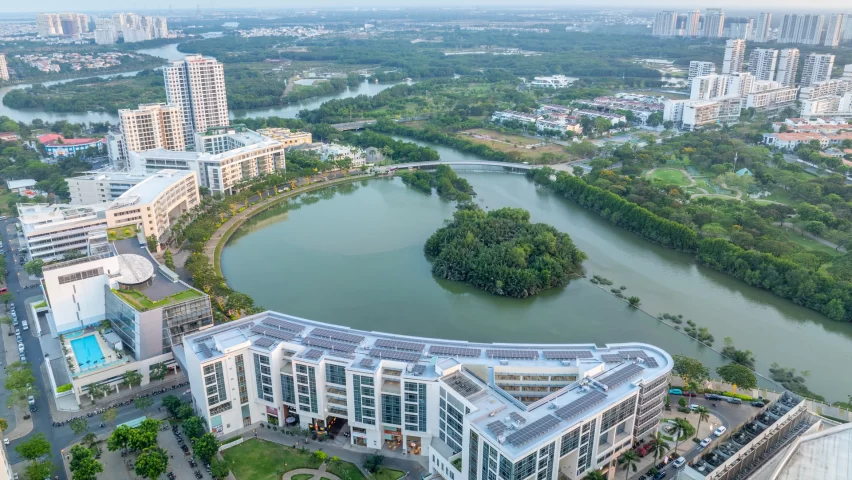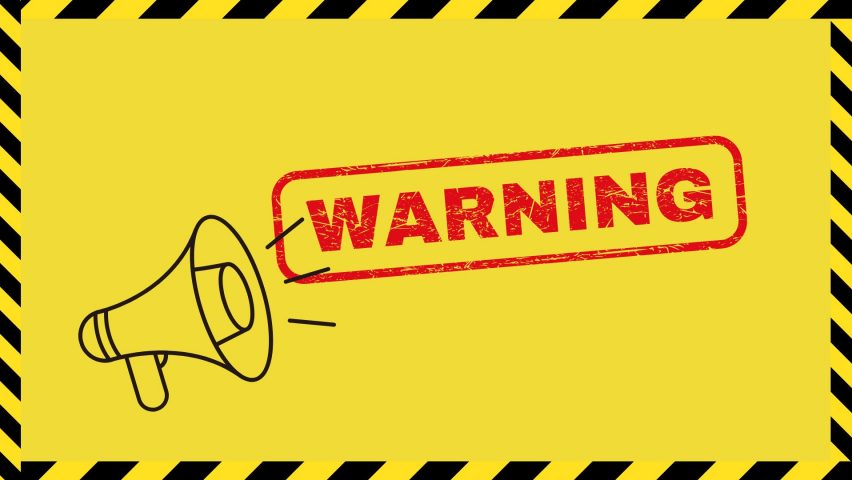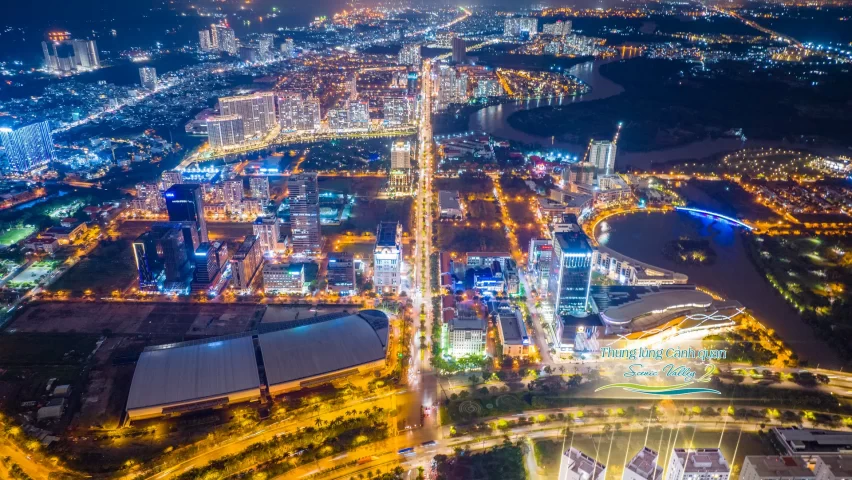First instalment – When the canvas met a talented painter
In the 1960s, Saigon was known as the Oriental pearl – a city that was more splendid than Hong Kong, and Bangkok, Seoul or Singapore couldn’t compare to it then. But the war and historical ups and downs slowed down its development, which was further impaired heavily in the centrally-planning red tape regime. By the time the city was untied to rebuild its strength, it was left far behind by those once-unmatchable landmarks. So much so that many believed that it could never catch up. The reason was simple: those cities would never wait for us to catch up. They would always steps ahead us.
But “how to catch up with other regional countries” is a wrong approach that will wear us out. If you go to Phu My Hung area to observe and experience its development for the past 20 year plus, you’ll see a different approach to development.
That Phu My Hung is now widely recognized at the best place for living in Saigon is an undisputable fact. As Doctor Tran Du Lich, former Director of the Ho Chi Minh City Economic Institute, put it, when talking about the success of Phu My Hung, “seeing is believing,” and all statistics would be redundant.
An urban area, in general, contains high-rise apartment buildings, villas and terrace house, and cultural buildings, schools, supermarkets, restaurants, financial institutes and other facilities, which all are located harmoniously, and natural elements are reserved as much as possible. All comparisons are lame, of course, but I believe that living in Phu My Hung is as good as in Singapore, Hong Kong or any other modern urban area in the world. I don’t know if other modern cities in the world can reserve nature better, but I’m sure Phu My Hung does that better than any other cities in Viet Nam. I once saw a bee hive on the balcony of an apartment here. I know this species of honey bee is extremely allergic to polluted air and would desert the hive immediately if they could sense cigarette smokes or chemicals in the air.
If one takes a motorbike ride from the city downtown to Nguyen Van Linh St via Kenh Te Bridge, the first thing he or she can feel is a change in temperature. The 10-lane, 17.8km-long Nguyen Van Linh St was built on a swampland that spanned District Nha Be, District 8 and District Binh Chanh. This street plays an important role to the developing of not only Phu My Hung but also the entire Saigon South area and the South Eastern Strategic Economic Zone.
What’s interesting is that while the swampland no longer existed, it still leave its marks right in the middle of the road – ponds of lotus and other wild plants. These green zones – rarely elsewhere in the city – helped cool the environment of Phu My Hung. I don’t know if these “wild” segments will be replaced with new developments later, but I can be sure that the temperature of the area will rise without them.
Phu My Hung has been in existence for just 20 years, it certainly wasn’t part of the original “Oriental Pearl.” Neither was District 7, formerly known as Nha Be, where Phu My Hung is located, part of the original Saigon. Prior to the 1990s, this area of alkali soil was sparsely populated, the residents poor and land prices dirt-cheap – so much so that if one had been given a piece of land here, they wouldn’t have wanted to receive it.
But a world-class urban area was developed on that same forsaken land within just 20 years. Phu My Hung has become a convincing model of development and urbanization in Vietnam. Obviously, the value that Phu My Hung Development Company Ltd. has brought to the area is not just shown within Phu My Hung itself. This urban area and the Nguyen Van Linh St. help prices of land in neighboring areas to increase by hundreds of times. As a result many local residents were lifted out of poverty and the city can enjoy countless benefits which not everyone can see and – among those who could see – can recognize.
On Dec. 30, 2003, on the 10th anniversary of Phu My Hung Urban Area, Dr. Tran Du Lich, Director of the HCMC Economics Institute, said one of the best things that Phu My Hung had demonstrated is how to transform an area which had been considered wasteland. The area was like a “canvas [luckily] got to be used by a talented painter,” he said. Also on this occasion, Vo Tran Chi, a former Party Chief of HCMC, said the impact created by Phu My Hung urban area helped the entire South Saigon area “develop rapidly and change every day.”
Phu My Hung Urban Area is not just the achievement of a business – the joint venture of Taiwanese-based Central Trading & Development Group, which was headed by late President Lawrence S. Ting, and Tan Thuan Industrial Development Company. It is also an outstanding achievement in the 40-year development of the modern Ho Chi Minh City. It is the brainchild of a generation of insightful leaders and investors. To understand its importance, one has to look at the great difficulties the country was going through in the late 1980s-early 1990s. The reform had begun but the centrally-planning red-tape system still took hold of the economy. The country had barely opened to investors.
(First installment. To be continued) – Thanh Nien News


